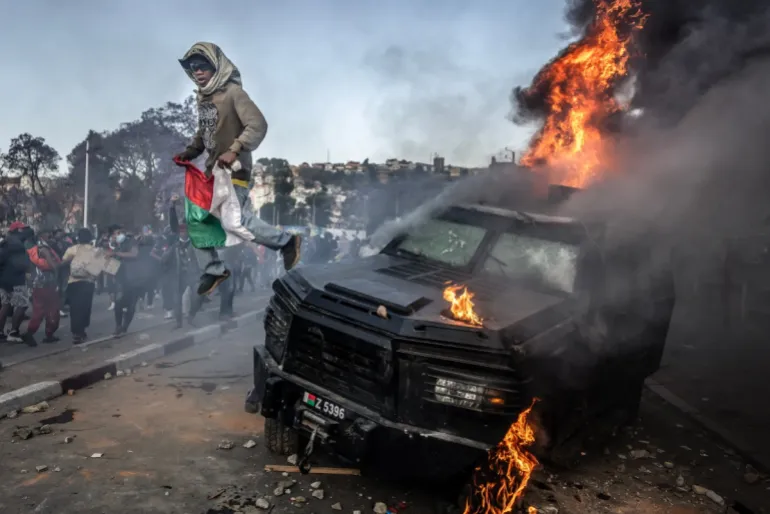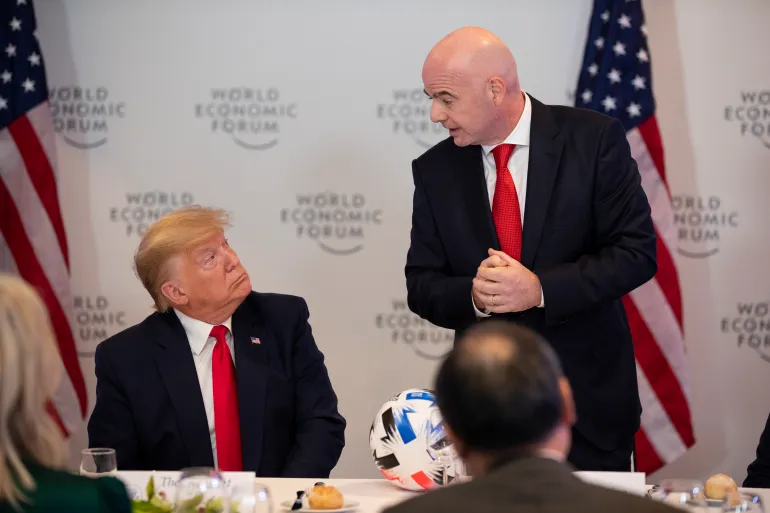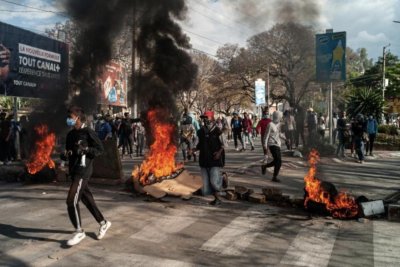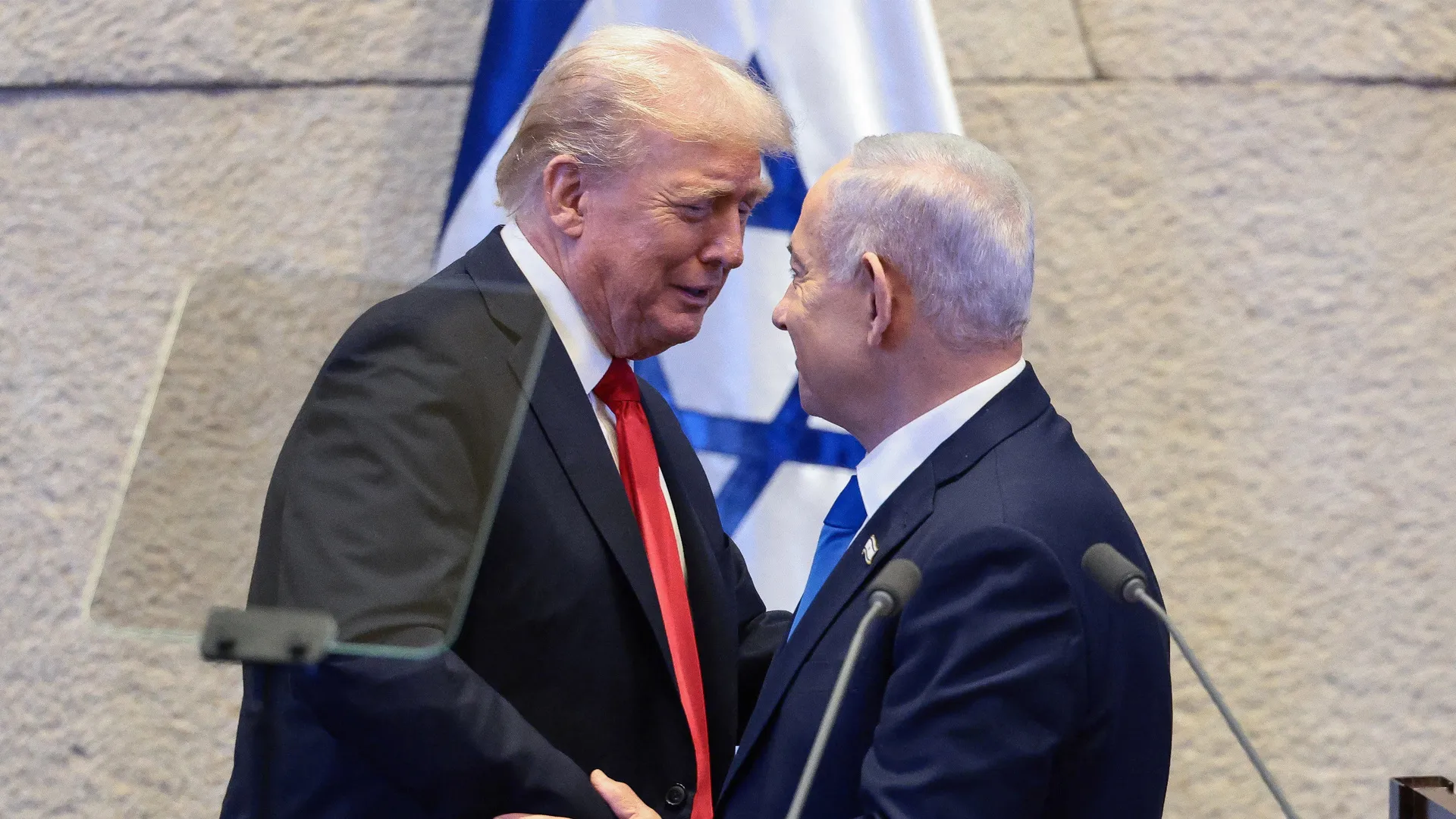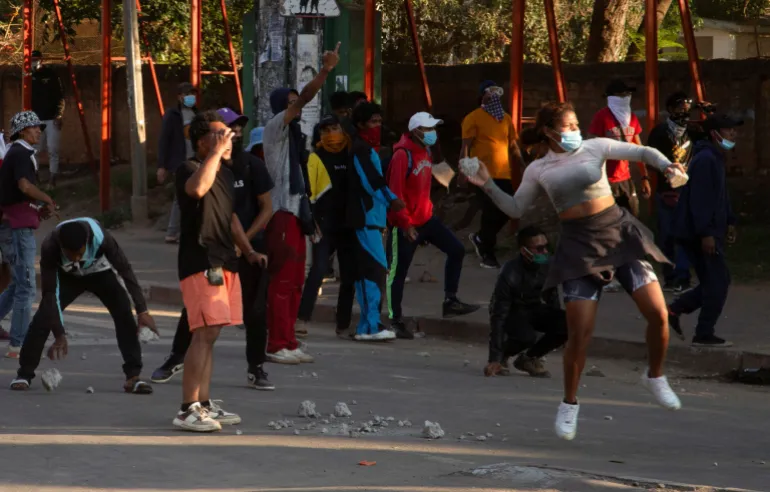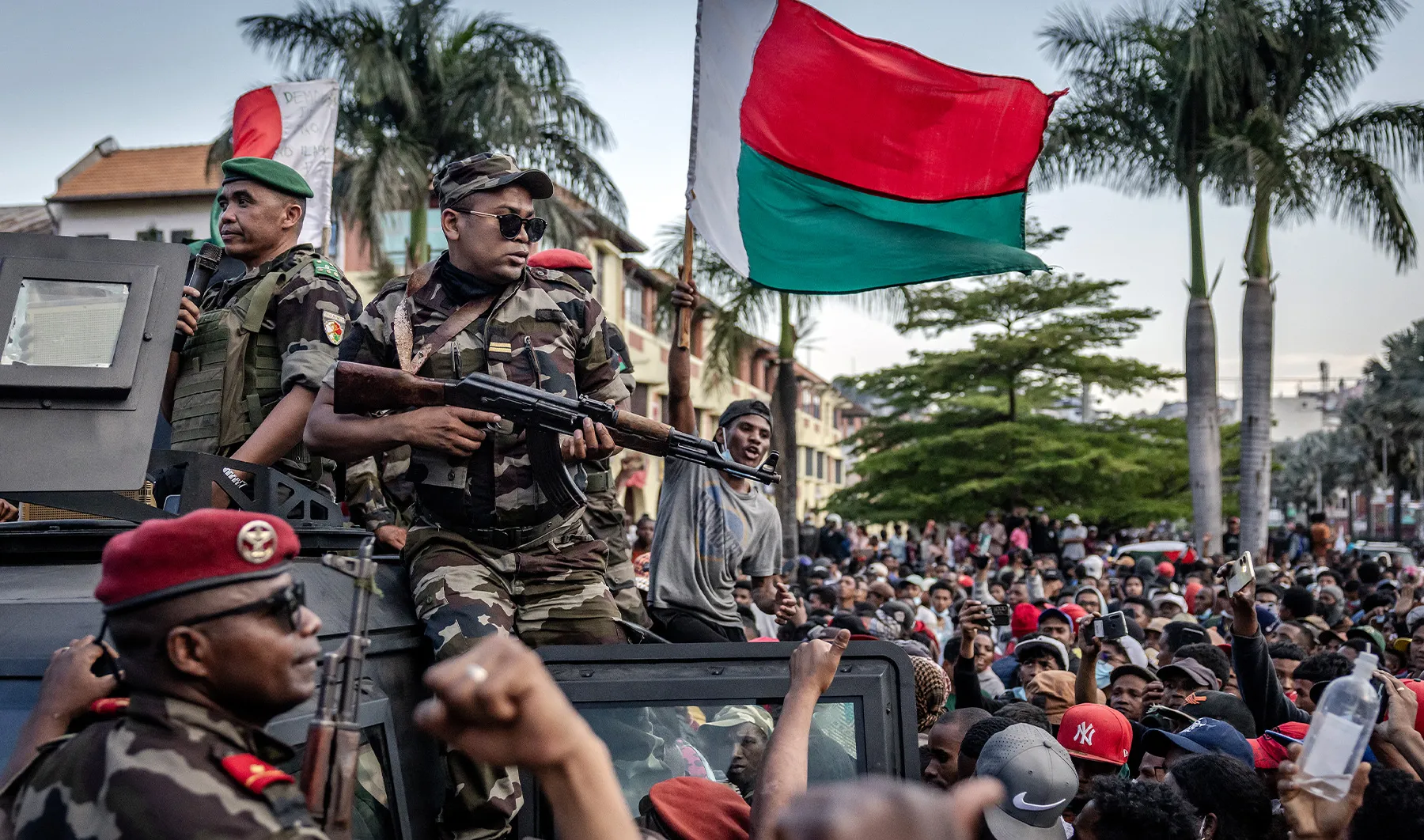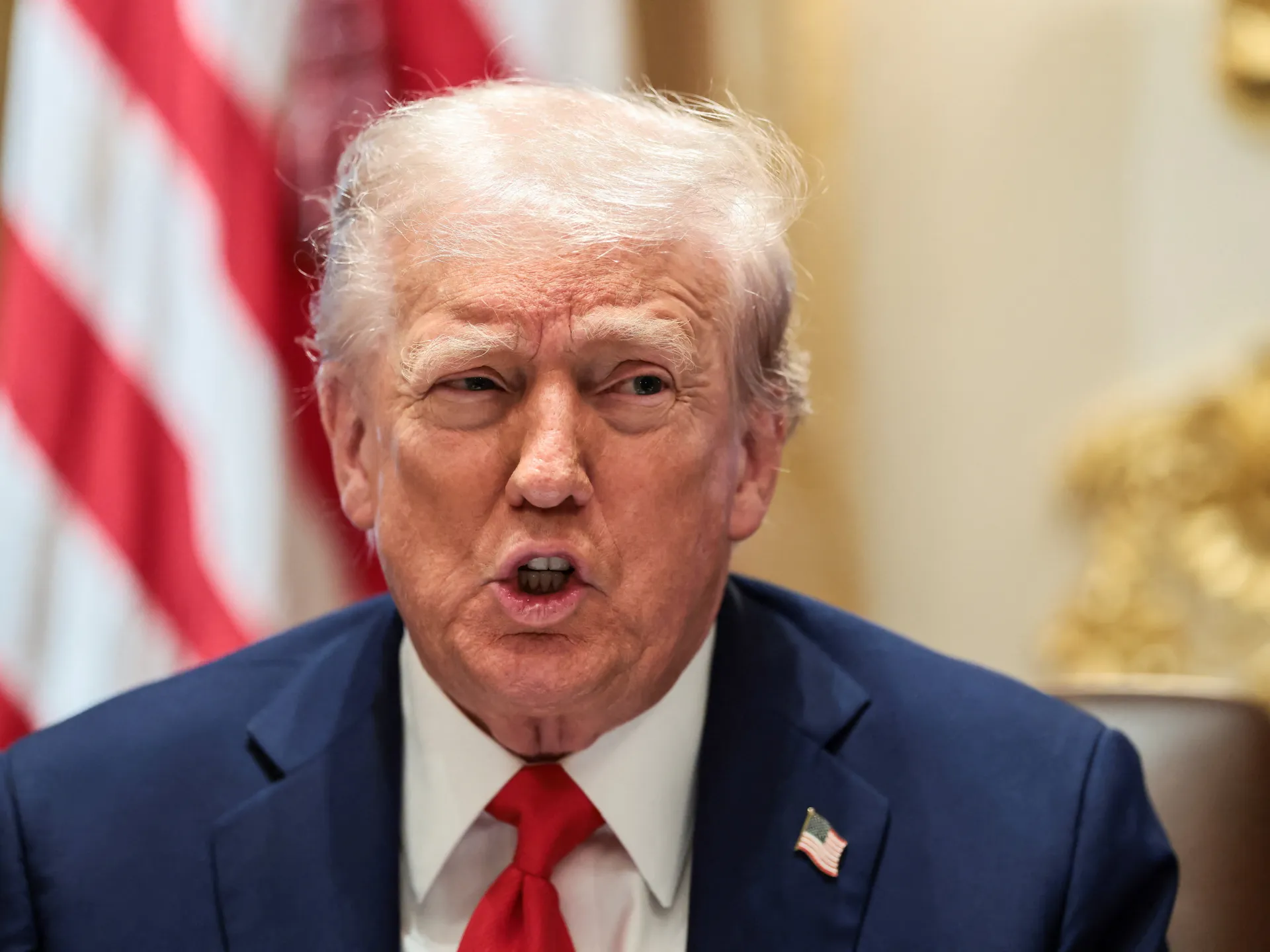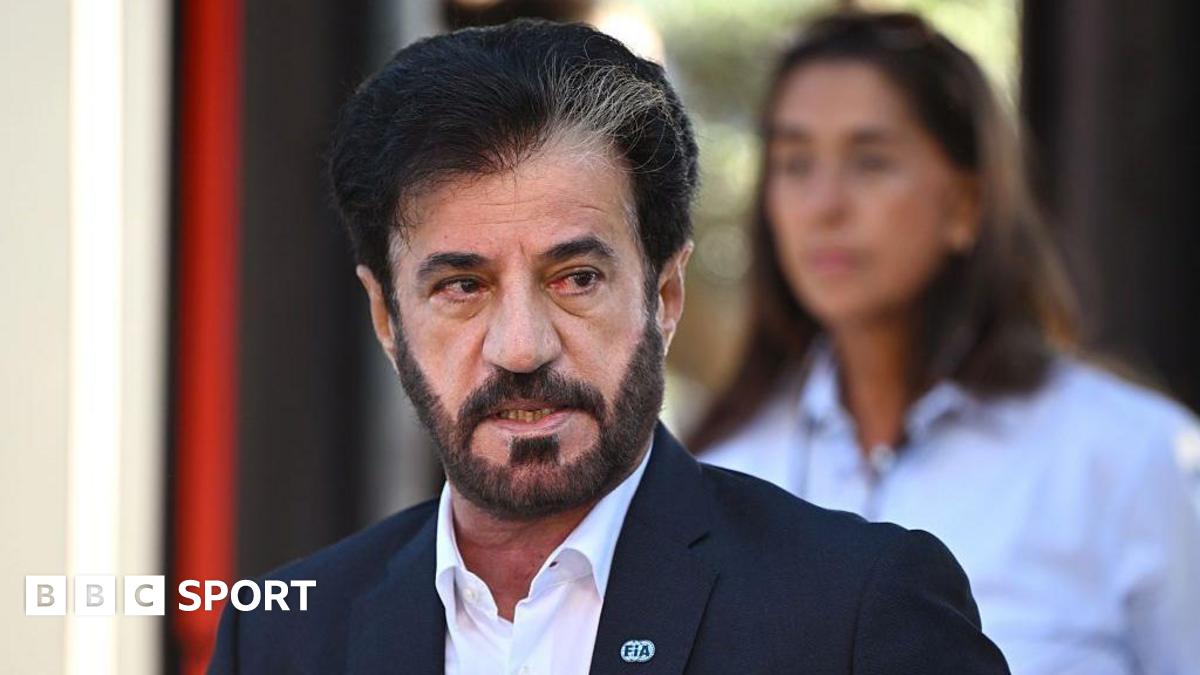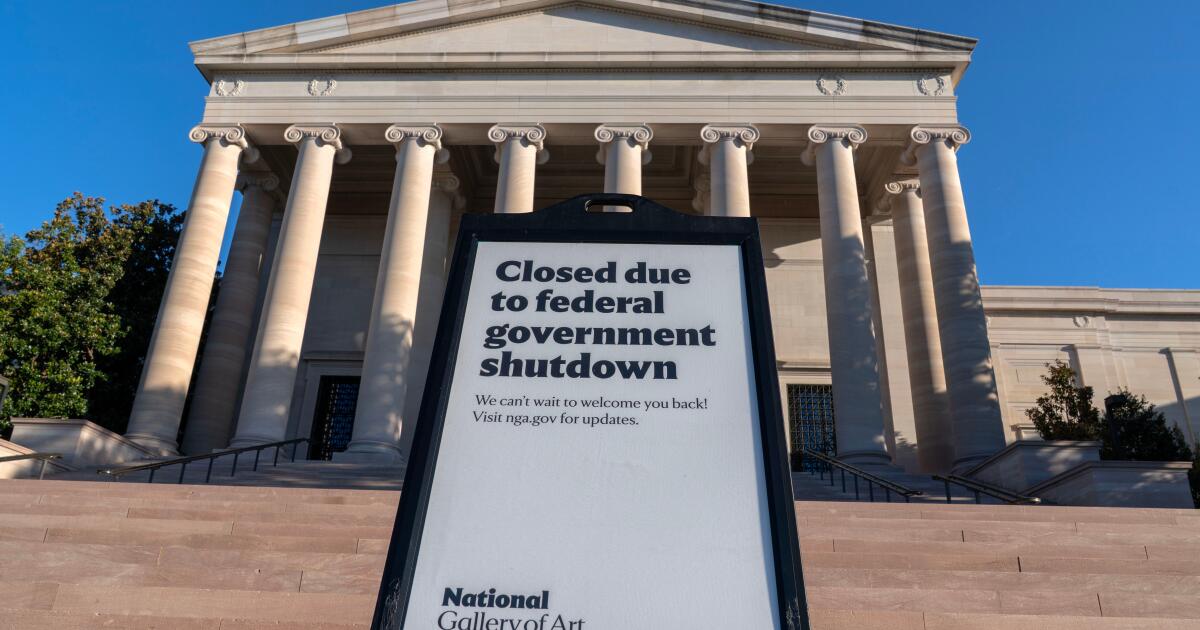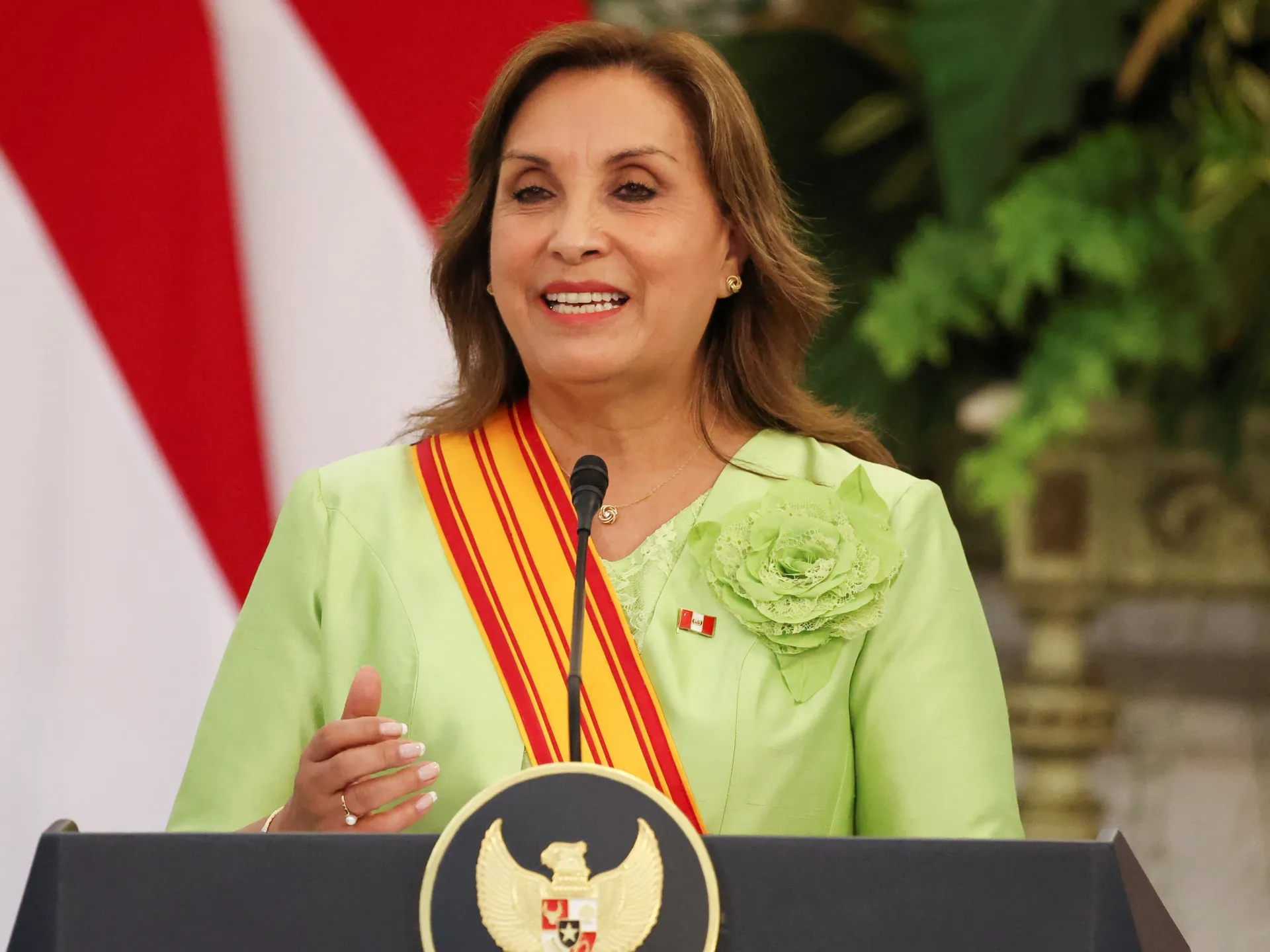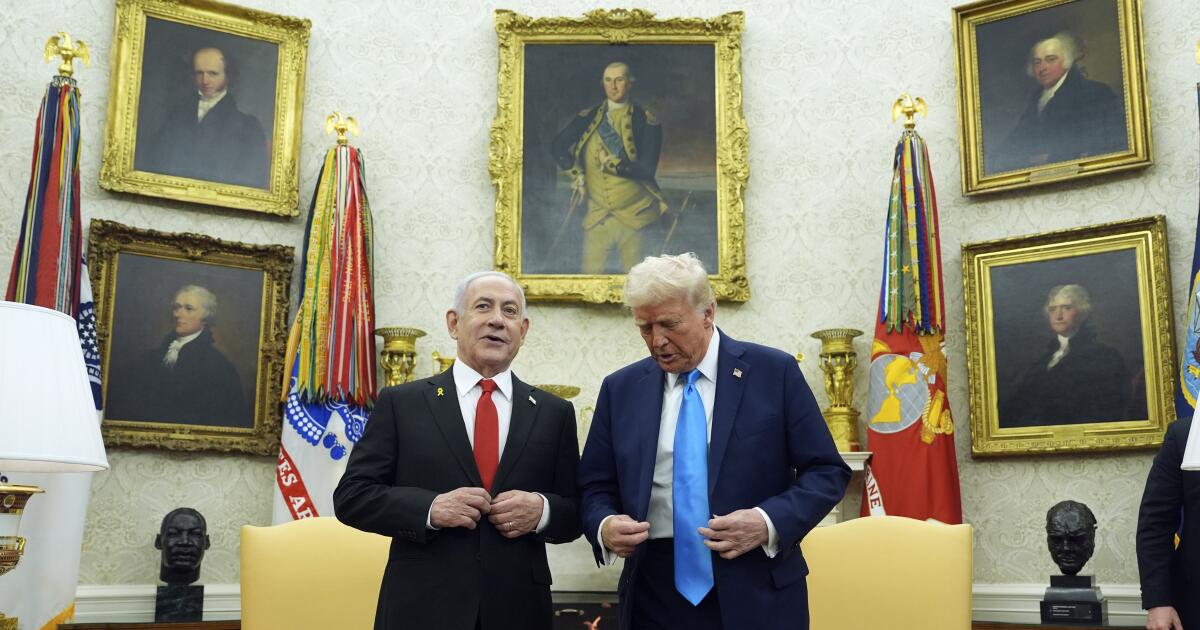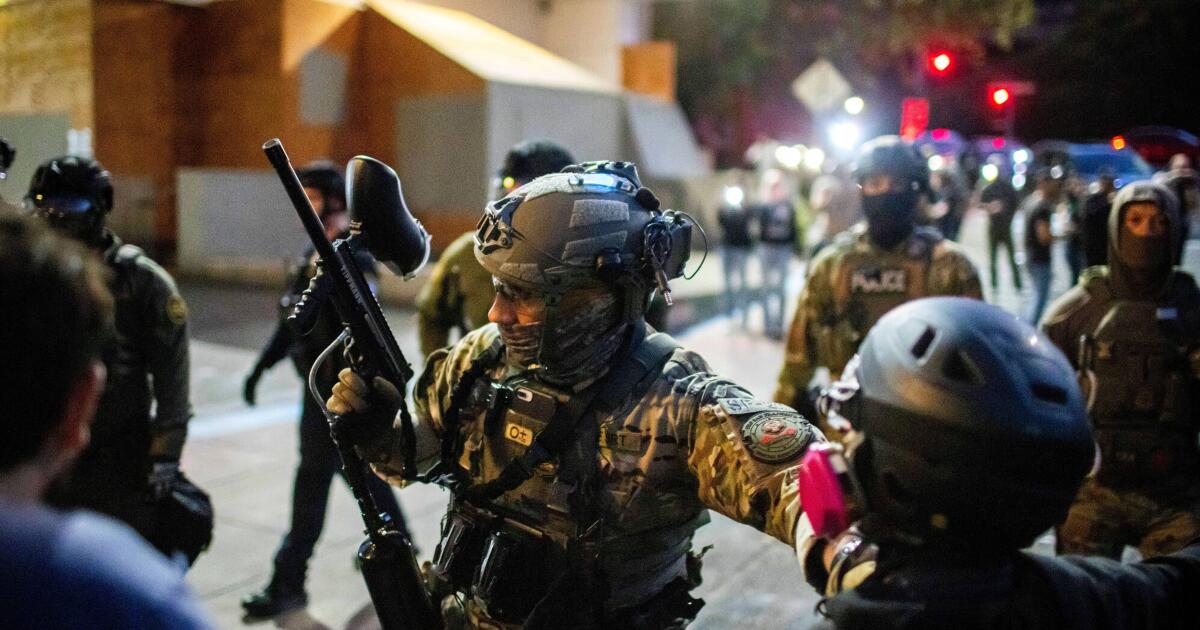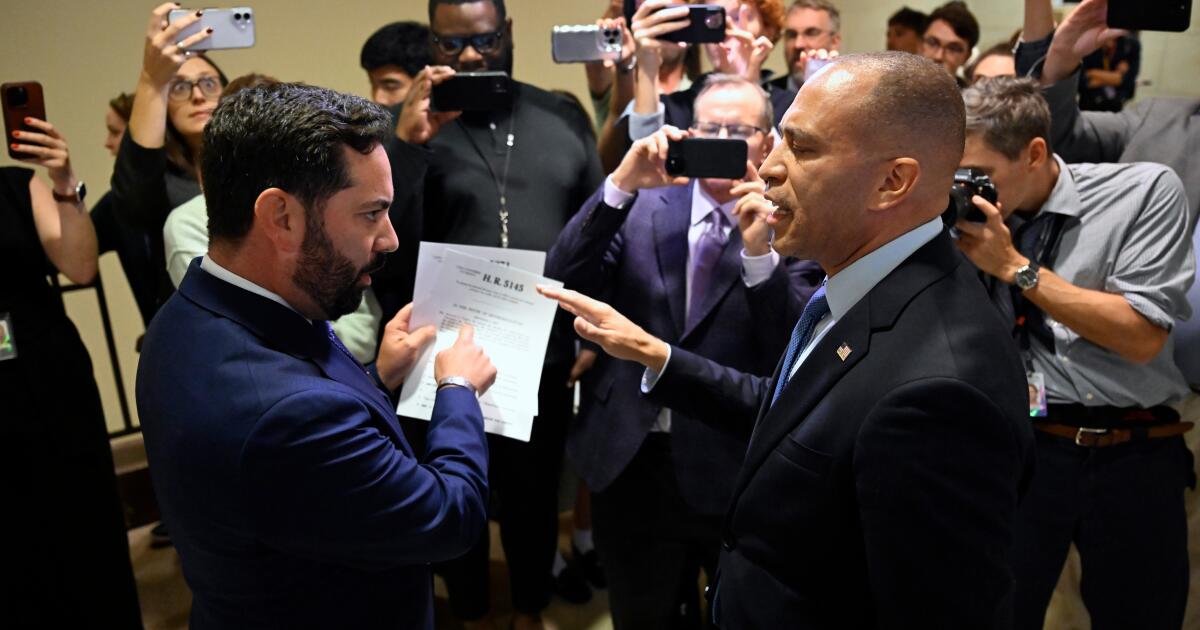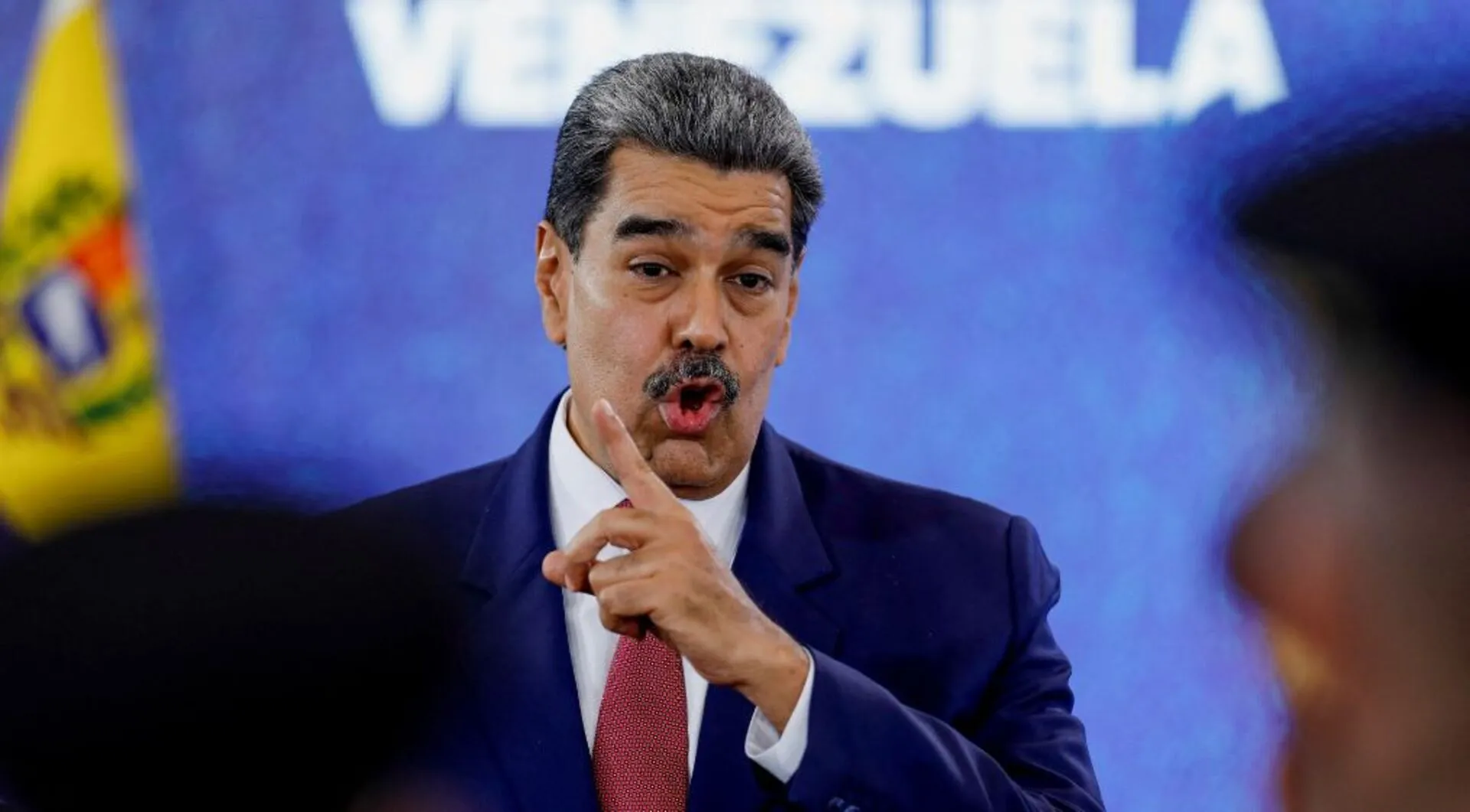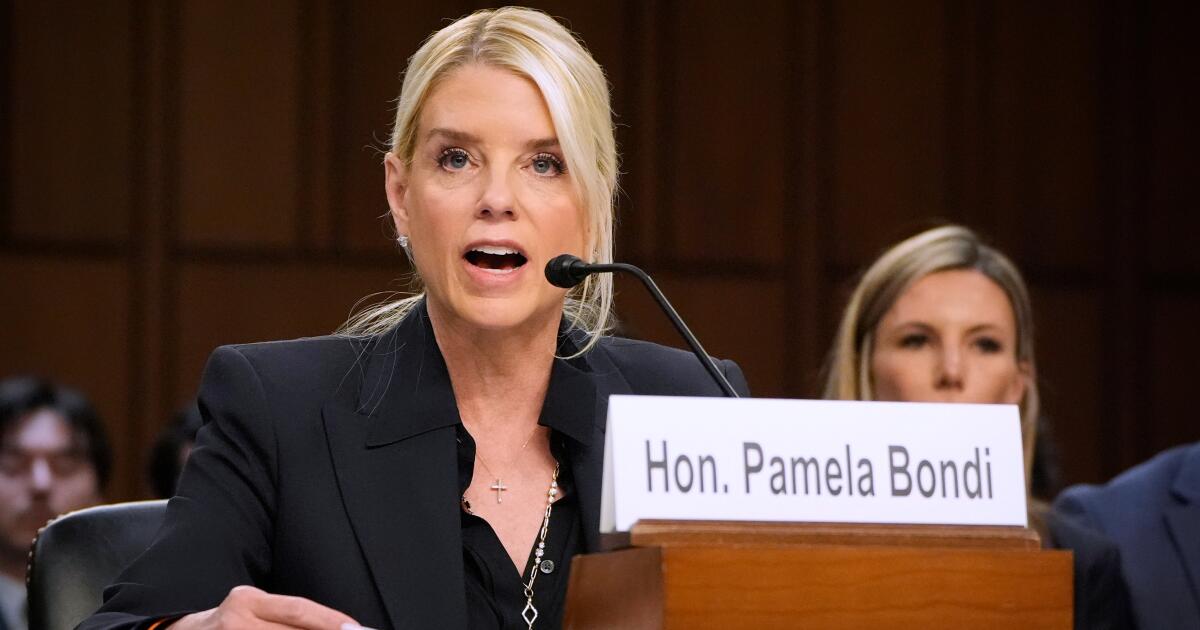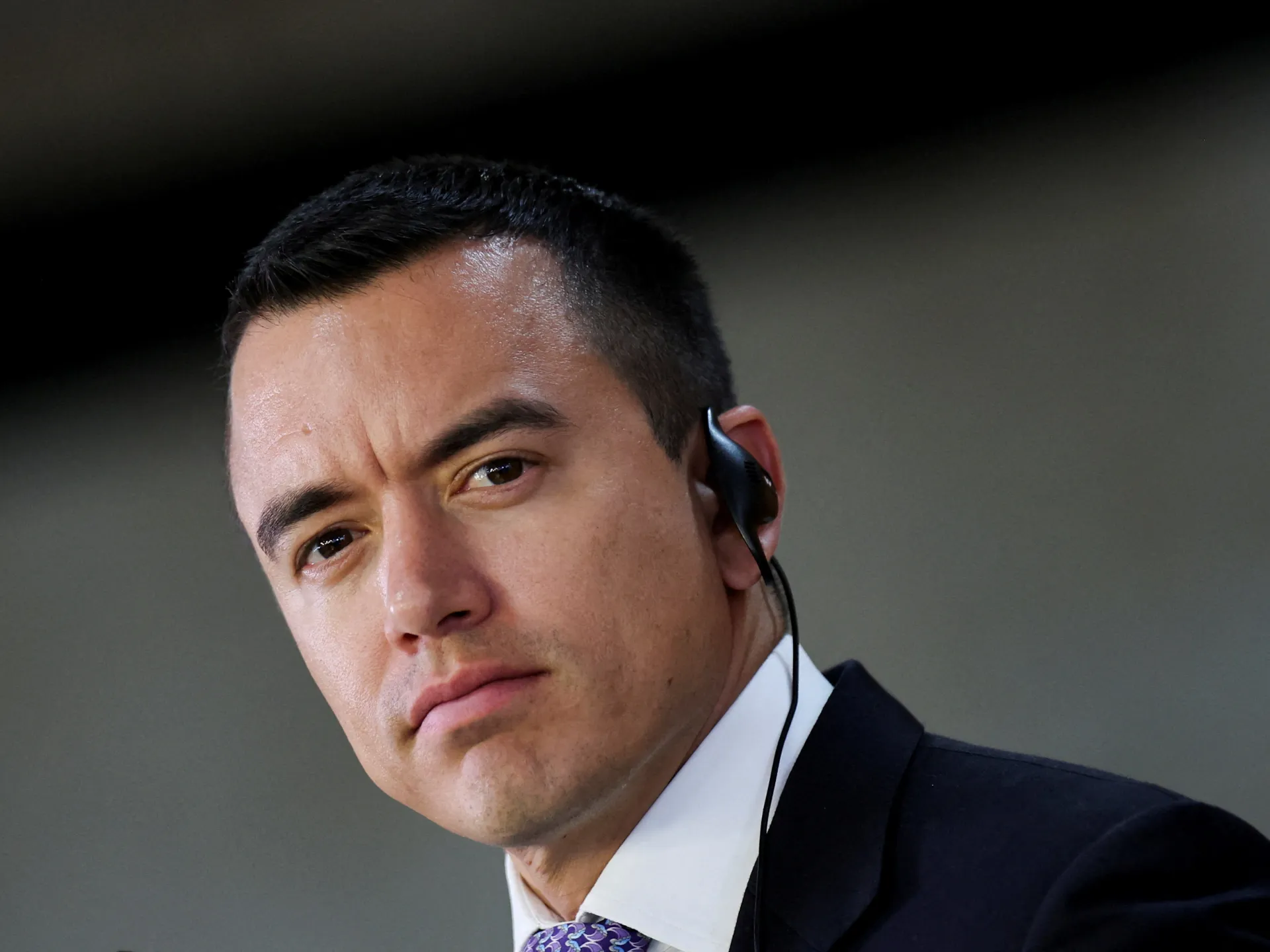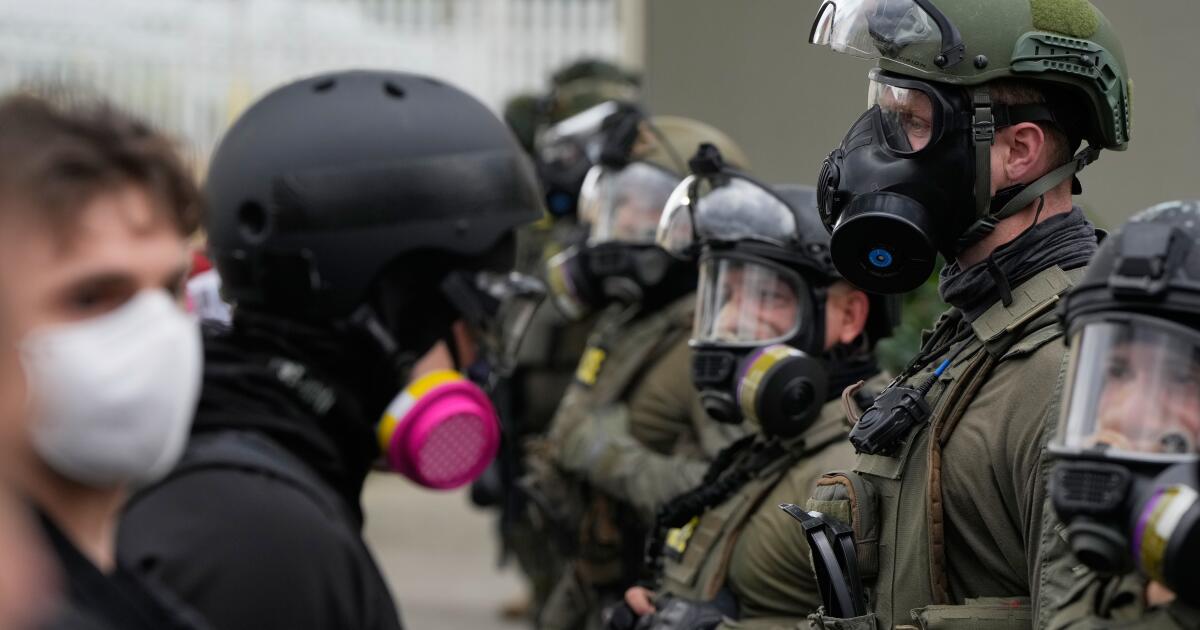Who is in charge of Madagascar after President Rajoelina flees? | Civil Rights News
Madagascar’s parliament has voted to impeach embattled President Andry Rajoelina just hours after he fled the country in the wake of an elite army unit appearing to turn against him and seize power following weeks of deadly Gen Z protests.
The vote on Tuesday afternoon came as Rajoelina moved to dissolve parliament via a decree posted on social media earlier in the day, but which the opposition rejected.
Recommended Stories
list of 4 itemsend of list
“I have decided to dissolve the National Assembly, in accordance with the Constitution,” Rajoelina posted on X on Tuesday. “This choice is necessary to restore order within our Nation and strengthen democracy. The People must be heard again. Make way for the youth.”
The protests, which initially erupted over power and water shortages, have evolved into the most serious crisis the country and Rajoelina’s government has faced in years. “I was forced to find a safe place to protect my life,” Rajoleina, who did not disclose his location, said in a 26-minute-long live broadcast on Monday after a top army unit, known widely as CAPSAT, reportedly seized the state broadcaster. The same unit announced on Tuesday afternoon that it was “in charge” as parliament concluded the impeachment proceedings.
Rajoleina has not responded to the impeachment and has not renounced his title as head of state. Opposition parties initiated the impeachment vote on charges that Rajoelina “abandoned” his post.
There’s no clear leader in the country.
Madagascar has a long history of political crises and uprisings. Rajoelina’s own apparent exit from the country appeared to be an eerie replay of protests in 2009 that led to the collapse of a previous government, and his ascent to power. However, his government has been accused of corruption and of managing a stagnant economy.
Here’s what to know about how the protests unfolded and the army unit that has turned against the president:

What led to the protests?
Hundreds of angry protesters, led by a young movement called “Gen Z Madagascar,” began taking to the streets of the capital Antananarivo on September 25, with protests over the weekend recording the largest number of demonstrators in the three weeks of unrest.
What began as anger about persistent water and power cuts that leave businesses and homes without electricity or running water for more than 12 hours quickly escalated into frustrations with general governance.
Protesters decried widespread poverty, high costs of living, and state corruption that they say has seen business elites benefit from close contacts in government. Demonstrators began calling for the end of Rajoelina’s 15-year-old government, and for a “free, egalitarian and united society”.
Although Rajoelina sacked his prime minister and attempted a government reshuffle, protesters were not satisfied, culminating in the CAPSAT backing protesters on Saturday in what the president called an “attempt to seize power”. The unit, in a statement, said it refused “orders to shoot” demonstrators.
Some 80 percent of the country’s 31 million people lived in extreme poverty by 2022, according to the World Bank, largely due to political instability and severe climate disasters affecting food supplies. Only a third of the population has access to electricity, according to the International Monetary Fund, with the state-owned energy company, Jirama, accused of corruption and mismanagement.
Angry demonstrators blocked roads with burning tyres and rocks, and reportedly attacked public buildings, transport infrastructure, and private shops. In response, security officials responded with “violent force” according to the United Nations, with reports noting police fired rubber bullets, stun grenades, and tear gas. At least 22 people have died and dozens of others are injured, the UN said in a statement last week, although the government disputed those figures.
Rajoelina ignored calls for his resignation and accused protesters calling for his exit of wanting to “destroy our country.” His attempts to quell the anger by dissolving the government and appointing army General Ruphin Fortunat Zafisambo as the new prime minister on October 6, as well as inviting protesters for talks, were rejected by the demonstrators, who accused the government of ruling “with weapons”.
Who led the protests?
Young protesters, led by the “Gen Z Madagascar” group, started the demonstrations in late September, following similar youth-led uprisings witnessed in the past year in countries like Nepal, Morocco, Kenya, and Bangladesh.
In Madagascar, protesters say they’re demanding an end to 16 years of “inaction” by Rajoelina’s government, and have promised that they will not be silenced.
“They didn’t want to hear us in the streets,” a statement on the Gen Z Madagascar website reads. “Today, thanks to digital technology and the voice of Generation Z, we will make our voices heard at the table of power on the opposition side. To put an end to 16 years of inaction, let’s demand transparency, accountability, and deep reforms.”
The movement highlighted three demands from the government: the immediate resignation of Rajoelina and his government, the dismantling of the Senate, the electoral commission, and the constitutional court, as well as the prosecution of “the businessman close to the president”, referring to Rajoelina’s adviser and businessman, Maminiaina Ravatomanga.
It warned Rajoelina would be dragged to the International Court of Human Rights on various charges ranging from repression to embezzlement if the demands are not met.
The Gen Z Madagascar’s emblem, a flag featuring a pirate skull and crossbones wearing a distinctive Madagascan hat, is a reference to the Japanese comic series, One Piece, which follows a young pirate banding with others to fight an authoritarian government. The flag has become a hallmark of youth-led protests globally. It was raised by Indonesian protesters to show discontent in the run-up to the nation’s independence day in August, as well as by youth protesters who overthrew the Nepal government in September.
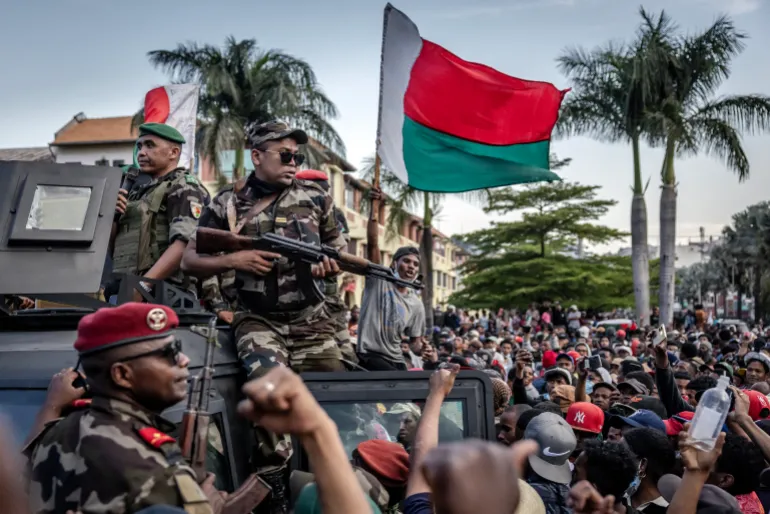
Who is President Rajoelina, and where is he?
President Rajoelina’s location is currently unknown. There is speculation that he was flown out of the country on a French military plane, according to French broadcaster RFI, but France has not commented. Madagascar is a former French colony, and Rojoelina is reported to have French citizenship – an issue which has angered some over the years.
In his Facebook statement on Monday evening, the president called for dialogue “to find a way out of this situation” and urged Madagascans to respect the constitution. He did not reveal his location and did not state his resignation.
The move to dissolve the parliament from exile further escalated the crisis and caused confusion, but opposition groups rejected it and voted for the president’s impeachment.
“The legal basis for this is unclear at the moment,” Kenya-based analyst Rose Mumunya told Al Jazeera. “Is he still the president? Legally, he is, but now that the army has announced they are taking over [security institutions], the legality of his decision to dissolve parliament is not really clear,” she said.
The 51-year-old first came to power in 2009 as the leader of a transitional government following a bloodless coup against the former president, Ravalomanana. As an opposition member and mayor of Antananarivo, Rajoelina led weeks of violent protests starting from January 2009 against Ravalomanana, whom he criticised for “restricting freedom” in the country.
Some 130 people died in the crisis. Rabalomanana fled to South Africa in March 2009 following a military coup. Rajoelina’s announcement as leader was ironically backed by CAPSAT. The international community criticised the military intervention and sanctioned Madagascar for years.
Rajoelina was elected in 2019 and re-elected in disputed 2023 polls that were boycotted by the opposition. His government, while popular at first, faced accusations of corruption, increasing repression and rights violations, analysts say. Fired Prime Minister Christian Ntsay and businessman Maminiaina Ravatomanga, were among prominent figures widely criticised in the country. Both arrived in Mauritius on a private flight on Sunday, authorities there said.
What’s CAPSAT, the army unit accused of a coup?
CAPSAT, or the Corps d’administration des personnels et des services administratifs et techniques, is an elite unit based in Soanierana district on the outskirts of Antananarivo. The group’s leader, Colonel Michael Randrianirina announed on Tuesday the unit was “in charge.”
While Rajoelina had influential backers in other important army units, analyst Mumunya noted he has not able to gain such support with CAPSAT.
The unit first appeared to mutiny after members joined thousands of protesters in Antananarivo on Saturday and called for Rajoelina’s resignation. Demonstrators hailed armed CAPSAT members packed in trucks and waving Madagascan flags. There were reports of CAPSAT teams clashing with pro-Rajoelina security forces.
A representative of the contingent said in a video statement on Saturday that “from now on, all orders of the Malagasy army, whether land, air, or navy, will originate from CAPSAT headquarters.” The unit urged all security forces to refuse “orders to shoot” and to stand with protesters.
On the same day, CAPSAT installed a new chief of defense staff, General Demosthene Pikulas, at a ceremony at the army headquarters. Armed Forces Minister Manantsoa Deramasinjaka Rakotoarivelo endorsed the move at the ceremony, saying, “I give him my blessing.”
On Sunday, CAPSAT Colonel Randrianirina told reporters that his unit’s actions did not amount to a coup. “We answered the people’s calls, but it wasn’t a coup d’etat,” he said, speaking at a gathering on Sunday outside the Antananarivo city hall, where large crowds gathered to pray for victims of the violence. One CAPSAT soldier was reportedly killed in a clash with other security units on Saturday.
Madagascar’s military has intervened in politics in several crises since 1960, when the country gained independence from France. Analyst Mumunya said CAPSAT leaders were carefully avoiding an outright coup declaration to avoid international backlash, as in the 2009 revolt. The move by the opposition to impeachment the president would legalise the takeover while the army holds the fort to ensure there’s no counter coup, she said.
“It’s a bit of push and pull between Rajoelina and the army … but the balance of power is not in Rajoelina’s favour,” Mumunya said. “There are likely ongoing negotiations between the political opposition, business elite and security forces to install a new civilian government that will appeal to the youth,” she added.
“So has his government effectively collapsed? I think we can probably conclude that,” she said.
The High Court, where Rajoelina has supporters, analysts say, will likely scrutinise and confirm whether the president can dissolve the parliament from an unknown location, or whether his impeachment can hold.
